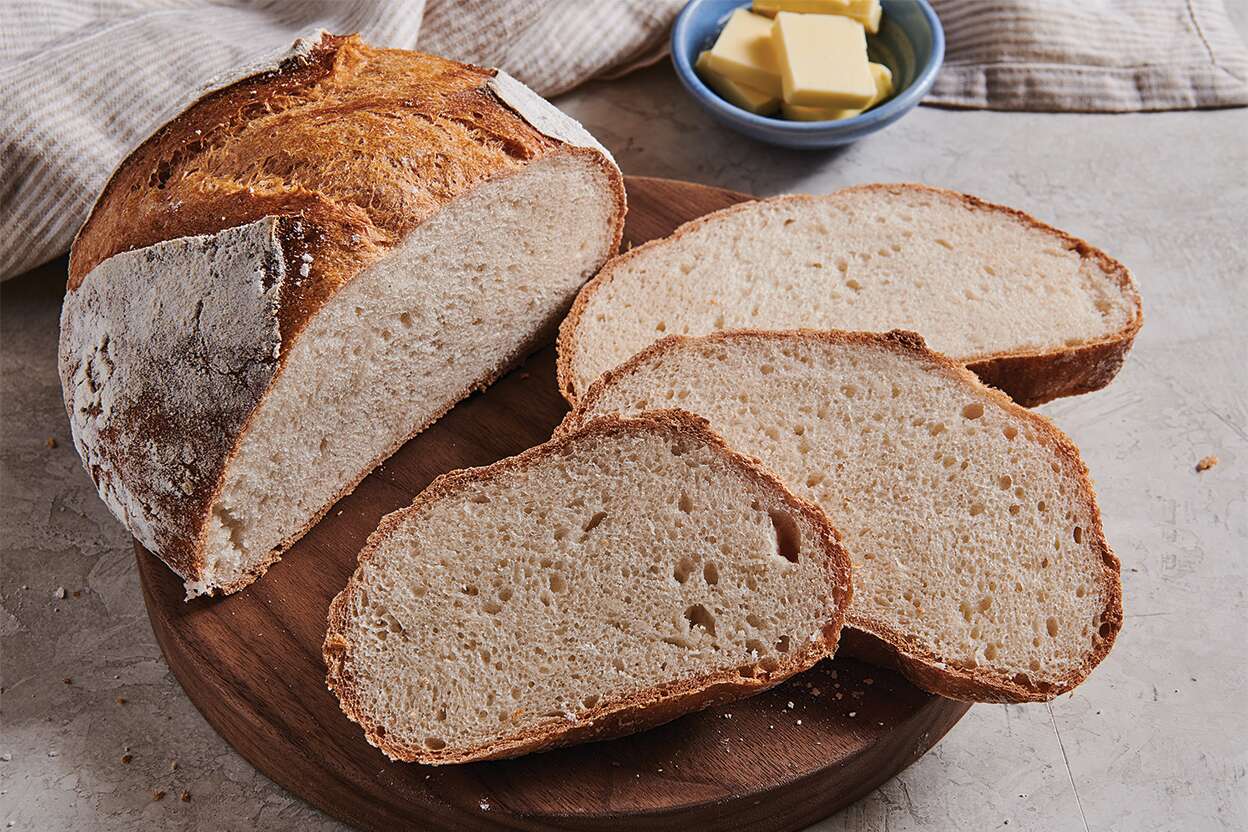

Articles
How To Store Artisan Bread
Modified: February 24, 2024
Learn the best methods for storing artisan bread to keep it fresh and flavorful. Read our informative articles for expert tips and advice.
(Many of the links in this article redirect to a specific reviewed product. Your purchase of these products through affiliate links helps to generate commission for Storables.com, at no extra cost. Learn more)
Introduction
Artisan bread is a delight to the senses – with its beautiful crust, airy crumb, and rich aroma. Whether you have baked it yourself or purchased it from a local bakery, preserving the freshness and flavor of artisan bread for as long as possible is key.
It’s important to understand that artisan bread differs from commercial bread in terms of its ingredients, texture, and lack of preservatives. Artisan bread is typically made with high-quality ingredients and crafted using traditional techniques. As a result, it has a shorter shelf life and requires proper storage to maintain its quality.
In this article, we will explore various methods to store artisan bread to ensure it stays fresh and delicious. From using bread bags and paper bags to wrapping bread in a clean kitchen towel, storing it in a bread box, or even freezing it, we’ll cover it all.
Key Takeaways:
- Proper storage methods for artisan bread, such as using bread bags, paper bags, or a clean kitchen towel, help maintain its freshness and flavor by allowing airflow and protecting it from excess moisture and temperature fluctuations.
- Freezing artisan bread is an effective way to extend its shelf life while preserving its quality, allowing you to enjoy delicious bread at your convenience and reducing waste.
Read more: How To Store Homemade Artisan Bread
Choosing the right storage method
When it comes to storing artisan bread, choosing the right method is crucial to maintain its freshness and prevent it from becoming stale or moldy. Here are a few factors to consider when selecting the right storage method for your artisan bread:
- Airflow: Artisan bread needs to breathe to maintain its texture. Avoid sealing it in airtight containers or plastic bags, as this can trap moisture and cause the bread to become soggy.
- Protection: The storage method should protect the bread from excessive moisture, temperature fluctuations, and direct sunlight, all of which can accelerate staleness or promote mold growth.
- Ease of access: Choose a storage method that allows easy access to the bread without causing unnecessary handling or damage.
Now that we understand the important factors, let’s explore a few popular storage methods for artisan bread:
1. Bread bags or paper bags:
One of the simplest ways to store artisan bread is by using bread bags or paper bags. These bags allow the bread to breathe while providing a protective barrier against moisture and staling. Simply place the bread into the bag and secure it loosely to allow for airflow. This method is ideal for short-term storage, typically up to two to three days.
2. Wrapping bread in a clean kitchen towel:
Another effective storage method is wrapping the artisan bread in a clean kitchen towel. This method helps to absorb excess moisture while allowing the bread to breathe. The towel acts as a protective layer, shielding the bread from sunlight and temperature fluctuations. Remember to choose a clean, dry towel and wrap the bread tightly to prevent it from drying out.
3. Storing bread in a bread box:
If you prefer a more traditional storage method, consider investing in a bread box. These boxes are designed to provide a balance of airflow and protection, helping to preserve the freshness of the bread. Look for a bread box with ventilation holes or slats to ensure proper airflow. Place the bread inside the bread box, away from direct sunlight and heat sources. This method is suitable for short to medium-term storage.
Remember, regardless of the storage method you choose, it’s important to always start with a fresh loaf of bread. Storing stale bread will not magically restore its freshness. Additionally, take into consideration the size of your loaf and the amount of bread you plan to consume within a few days to ensure you choose the appropriate storage method.
Using bread bags or paper bags
One of the simplest and most commonly used methods of storing artisan bread is using bread bags or paper bags. These bags provide a breathable yet protective environment for your bread, helping to maintain its freshness and prevent it from becoming stale.
Here’s how you can effectively use bread bags or paper bags for storing artisan bread:
- First, make sure that your bread is completely cooled before storing it. Storing warm or hot bread can cause condensation inside the bag, leading to a soggy texture and potential mold growth.
- Place the artisan bread inside the bread bag or paper bag. If you don’t have a specialized bread bag, a paper bag works just as well. The bag should be slightly larger than the loaf to ensure proper airflow.
- Seal the bag loosely to allow for airflow. You can use twist ties or simply fold and tuck the open end of the bag. Avoid sealing the bag tightly, as it can trap moisture and compromise the texture of the bread.
- Store the bread at room temperature in a cool and dry place, away from direct sunlight and heat sources. It’s best to keep it on the countertop or in a pantry.
The bread bag or paper bag helps to retain the natural moisture of the bread while protecting it from drying out too quickly. This method is most suitable for short-term storage, typically up to two to three days. However, keep in mind that artisan bread is best enjoyed fresh, so try to consume it within the first day or two for the best taste and texture.
If you plan to store the bread for a longer period, it’s recommended to consider other storage methods, such as freezing, which we will explore in the following section. Additionally, always check the bread for any signs of mold or staleness before consuming it, even if it has been stored properly.
Using bread bags or paper bags is an easy and convenient way to store your artisan bread while maintaining its quality and freshness. This method allows the bread to breathe, preventing excess moisture buildup, and prolonging the enjoyability of your delicious loaf.
Wrapping bread in a clean kitchen towel
Another effective method for storing artisan bread is by wrapping it in a clean kitchen towel. This method helps to absorb excess moisture while still allowing the bread to breathe and maintain its texture and flavor.
Follow these steps to properly wrap your artisan bread in a clean kitchen towel:
- Ensure that your bread has completely cooled before wrapping it. Wrapping warm bread can trap moisture and lead to a soggy texture.
- Choose a clean kitchen towel that is large enough to fully wrap the bread. Opt for a cloth towel rather than a paper towel, as it offers better moisture absorption.
- Place the bread in the center of the towel and carefully fold the sides over the loaf to completely cover it. Make sure the entire bread is wrapped tightly to prevent any exposure to the air.
- If necessary, secure the wrapped bread with a string or rubber band to keep it tightly wrapped.
- Store the wrapped bread at room temperature in a cool and dry location, away from direct sunlight and heat sources. The countertop or a pantry are good options.
This method of storing bread in a clean kitchen towel helps to absorb excess moisture from the bread, preventing it from becoming soggy or developing a tough crust. The towel acts as a protective layer, guarding the bread against air and temperature fluctuations that can accelerate staleness.
It’s important to note that while wrapping bread in a clean kitchen towel is effective for short-term storage, it may not keep the bread as fresh for an extended period as other storage methods like bread bags or freezing. Therefore, it’s recommended to consume the wrapped bread within a day or two for the best taste and texture.
Before consuming the bread, it’s always a good idea to inspect it for any signs of mold or staleness, even if it has been stored properly. Remember, artisan bread is meant to be enjoyed fresh, and proper storage methods are essential for keeping it at its best.
Wrapping your artisan bread in a clean kitchen towel is a simple and effective way to maintain its quality and freshness. This method provides a breathable yet protected environment, allowing you to savor the delicious flavors of your loaf for as long as possible.
Store artisan bread in a paper bag at room temperature for up to 2 days. For longer storage, wrap it in a clean kitchen towel and place it in a bread box or airtight container at room temperature. Avoid storing in plastic, as it can make the crust soggy.
Storing bread in a bread box
If you prefer a more traditional storage method, a bread box can be the perfect solution for storing your artisan bread. A bread box provides a balance of airflow and protection, helping to preserve the freshness and flavor of your loaf for an extended period.
Here’s how you can effectively store your artisan bread in a bread box:
- Ensure that your bread is fully cooled before placing it in the bread box. Storing warm bread can create condensation, leading to a soggy texture and potential mold growth.
- Choose a bread box that provides ventilation, such as one with slats or perforations, allowing proper airflow to circulate around the bread.
- Place the bread inside the bread box, making sure it is positioned away from direct sunlight and any heat sources, as these can hasten staleness.
- Keep the bread box in a cool and dry location, such as your countertop or pantry. Avoid placing it near the stove or other areas with temperature fluctuations.
A bread box helps to create an optimal environment for storing artisan bread. It allows for proper airflow while providing protection from excessive moisture and temperature changes. The ventilation in the bread box helps prevent condensation from forming and keeps the bread from becoming too moist or drying out.
It’s important to note that while a bread box can help prolong the freshness of artisan bread, it is best suited for short to medium-term storage. The bread box is not airtight, so it won’t prevent the bread from eventually becoming stale. Therefore, it’s recommended to consume the bread within a few days for the best taste and texture.
Remember to periodically check the bread inside the box for any signs of mold or staleness. If there are any signs of deterioration, discard the bread to avoid consuming spoiled or unsafe food.
Storing your artisan bread in a bread box allows you to enjoy its freshness and flavor for a longer period. The combination of ventilation and protection provided by the bread box ensures that your loaf stays at its best, ready to be enjoyed slice after slice.
Read more: How To Store Bread Machine Bread
Freezing artisan bread
If you have more artisan bread than you can consume within a few days or if you want to extend its shelf life, freezing is an excellent option. Freezing artisan bread allows you to preserve its freshness, texture, and flavor, so you can enjoy it at a later time.
Follow these steps to properly freeze artisan bread:
- Make sure the bread has cooled completely before freezing. Partially frozen bread can develop ice crystals, affecting its texture.
- Wrap the bread tightly in plastic wrap or aluminum foil to prevent freezer burn and keep out any moisture.
- For added protection, you can place the wrapped bread in a freezer bag or airtight container.
- Label the package with the date to keep track of its storage time.
- Place the wrapped bread in the freezer, making sure it is not squished or compressed by other items. Lay it flat or position it upright, depending on the available space in your freezer.
When you are ready to enjoy the frozen artisan bread, follow these steps to thaw and bring it back to its original state:
- Remove the bread from the freezer and let it thaw at room temperature while still wrapped. This process can take a few hours, depending on the size of the loaf.
- Once thawed, remove the plastic wrap or foil. To refresh the crust, you can place the bread in a preheated oven at a low temperature (around 325°F or 160°C) for a few minutes.
- Allow the bread to cool before slicing and serving.
It’s important to note that freezing artisan bread can slightly alter its texture compared to fresh bread. However, when properly stored and thawed, the bread will still retain much of its delicious flavor and satisfying quality.
When freezing artisan bread, it’s best to do so as soon as possible after baking or purchasing. This ensures that the bread is at its freshest and will retain its optimal taste and texture after thawing.
Additionally, it’s recommended to consume the frozen bread within a few months for the best quality. While frozen bread can be kept for a longer time, it may start to lose some of its freshness and flavor over an extended period.
Freezing artisan bread allows you to enjoy your favorite loaves at your convenience. Whether you want to stock up on your favorite bakery finds or preserve your homemade creations, freezing is a practical method to ensure that you always have delicious bread on hand when you need it.
Properly storing bread in a pantry or cupboard
Storing artisan bread in a pantry or cupboard is a convenient option if you plan to consume it within a few days. While this method may not provide as much protection as other storage methods, it can work well if you follow proper guidelines.
Here are some tips for properly storing bread in a pantry or cupboard:
- Ensure that the bread has cooled completely before storing it. This helps prevent moisture buildup and mold growth.
- Choose a clean, dry, and well-ventilated area in your pantry or cupboard to store the bread. Avoid areas that are prone to temperature fluctuations, heat, or excessive humidity.
- Place the bread in a bread box, if available, to provide some level of protection. If you don’t have a bread box, you can use a paper bag or wrap the bread in a clean kitchen towel.
- If you opt to use a paper bag, make sure it is tightly sealed to prevent air and moisture from reaching the bread.
- Keep the bread away from any strong-smelling or pungent foods, as bread tends to absorb odors easily.
It’s important to note that storing bread in a pantry or cupboard without proper protection may lead to faster staling or mold growth. Therefore, it’s best to consume the bread within a few days for optimal taste and texture.
If you find that you’re not able to finish the bread within the desired timeframe, you can consider other storage methods, such as freezing, to prolong its shelf life and preserve its quality.
Regularly check the bread for any signs of mold or staleness, especially if it has been stored for more than a couple of days. If you notice any issues, discard the bread to avoid consuming spoiled or unsafe food.
Storing artisan bread in a pantry or cupboard is a convenient option for short-term storage. By taking proper precautions to protect the bread from moisture, temperature fluctuations, and odors, you can enjoy fresh and delicious slices throughout the week.
Frequently Asked Questions about How To Store Artisan Bread
Was this page helpful?
At Storables.com, we guarantee accurate and reliable information. Our content, validated by Expert Board Contributors, is crafted following stringent Editorial Policies. We're committed to providing you with well-researched, expert-backed insights for all your informational needs.
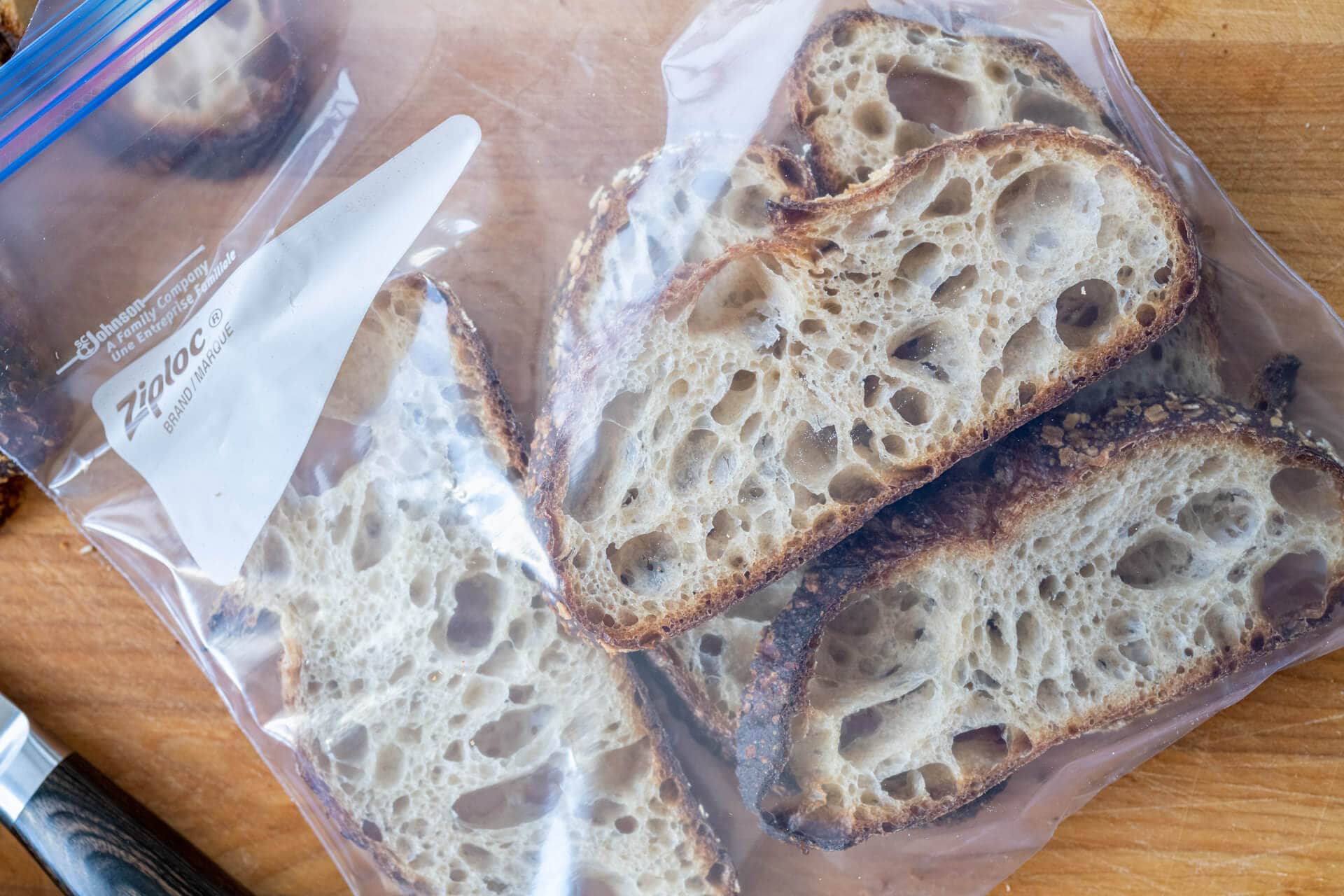


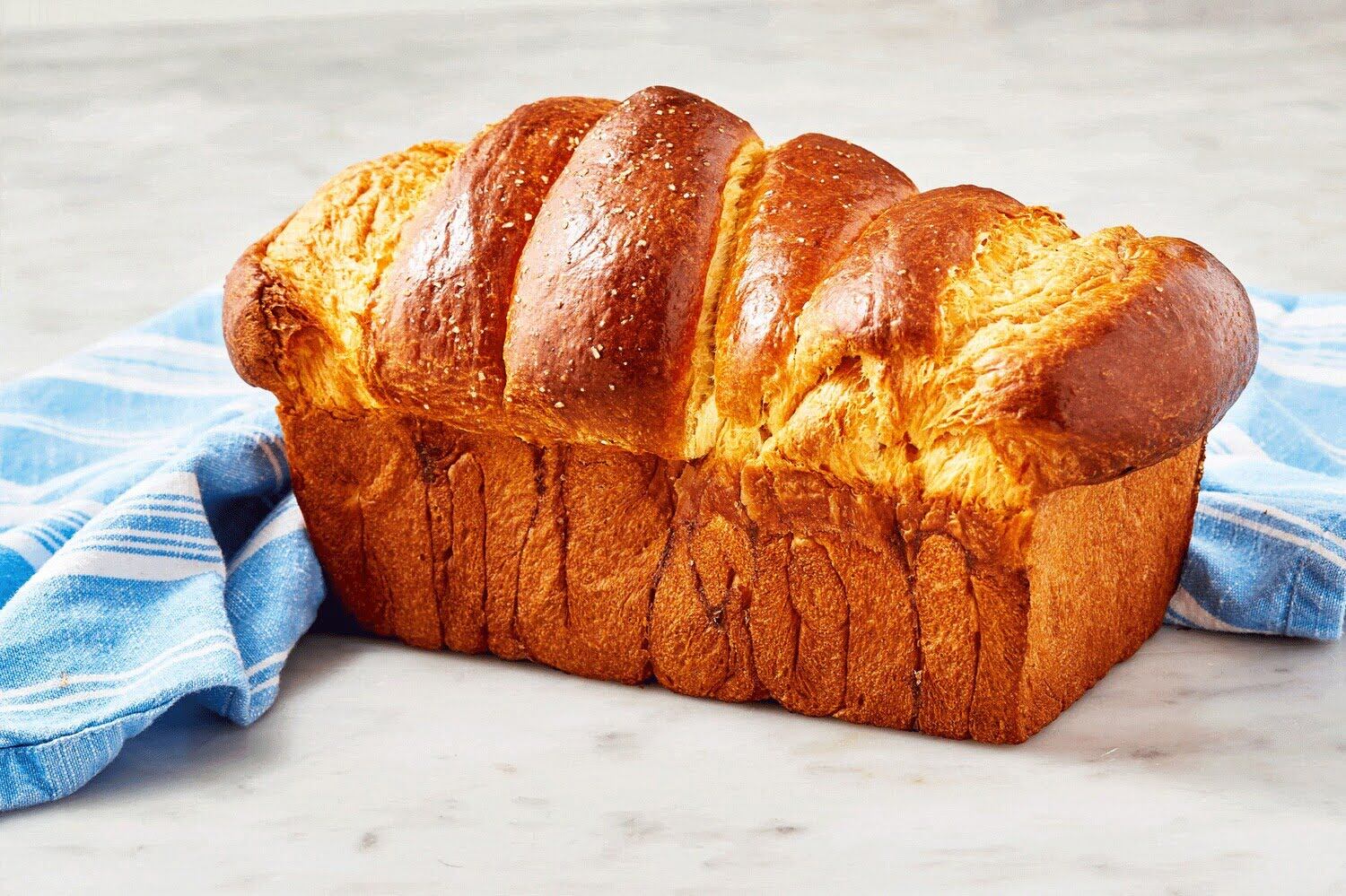
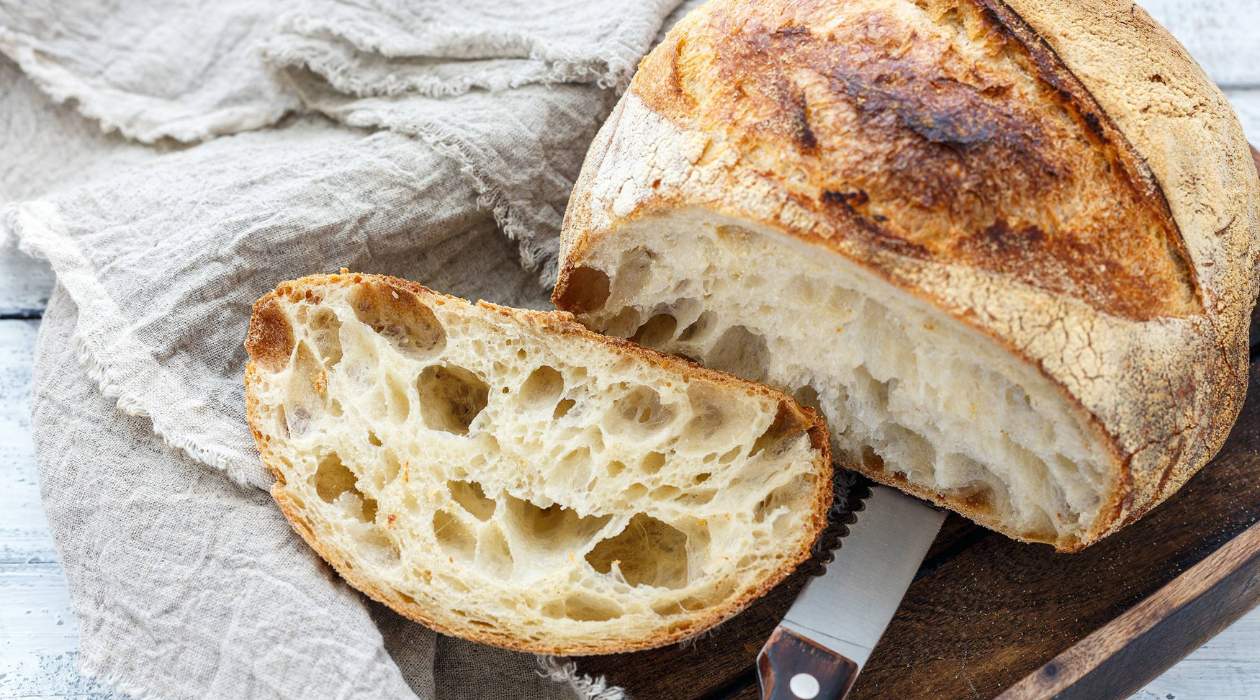
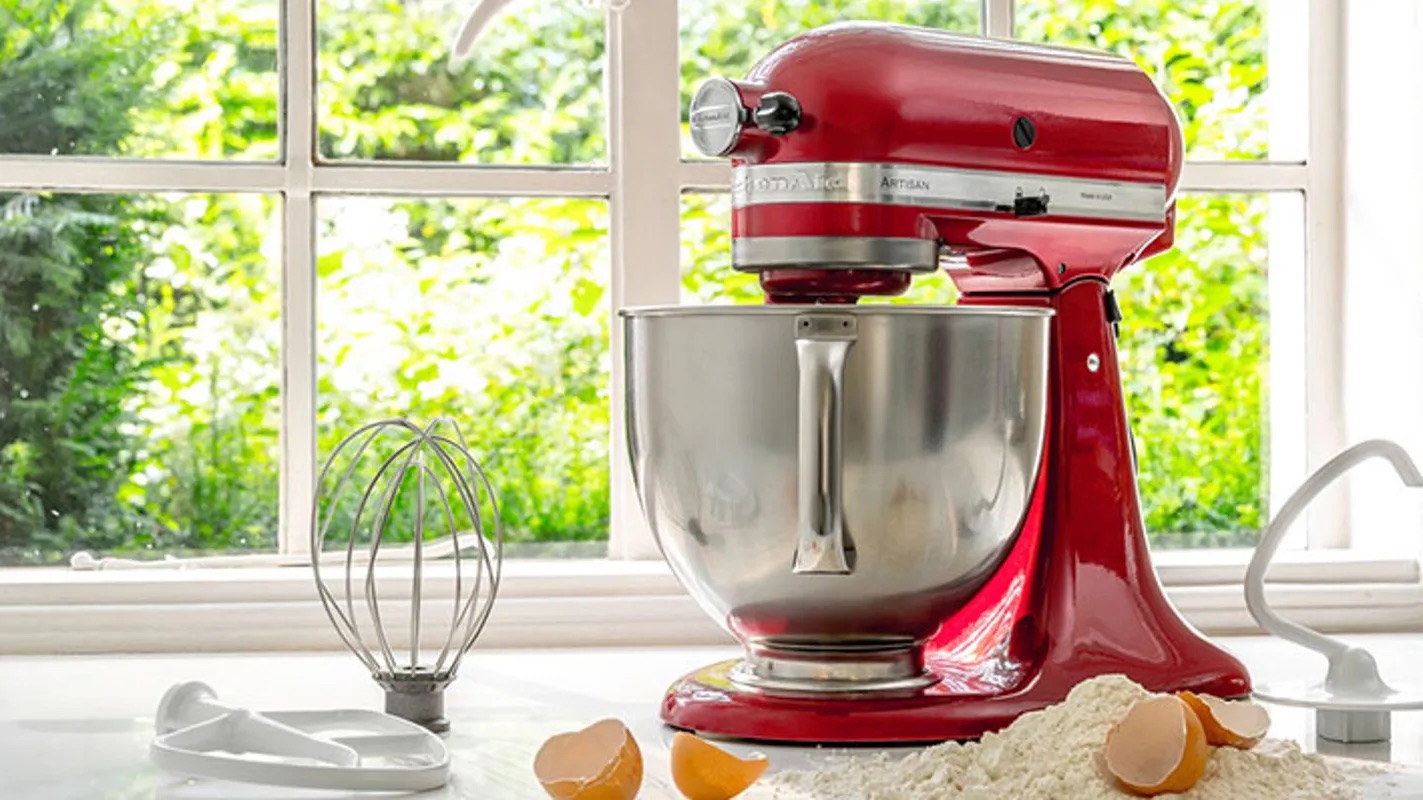


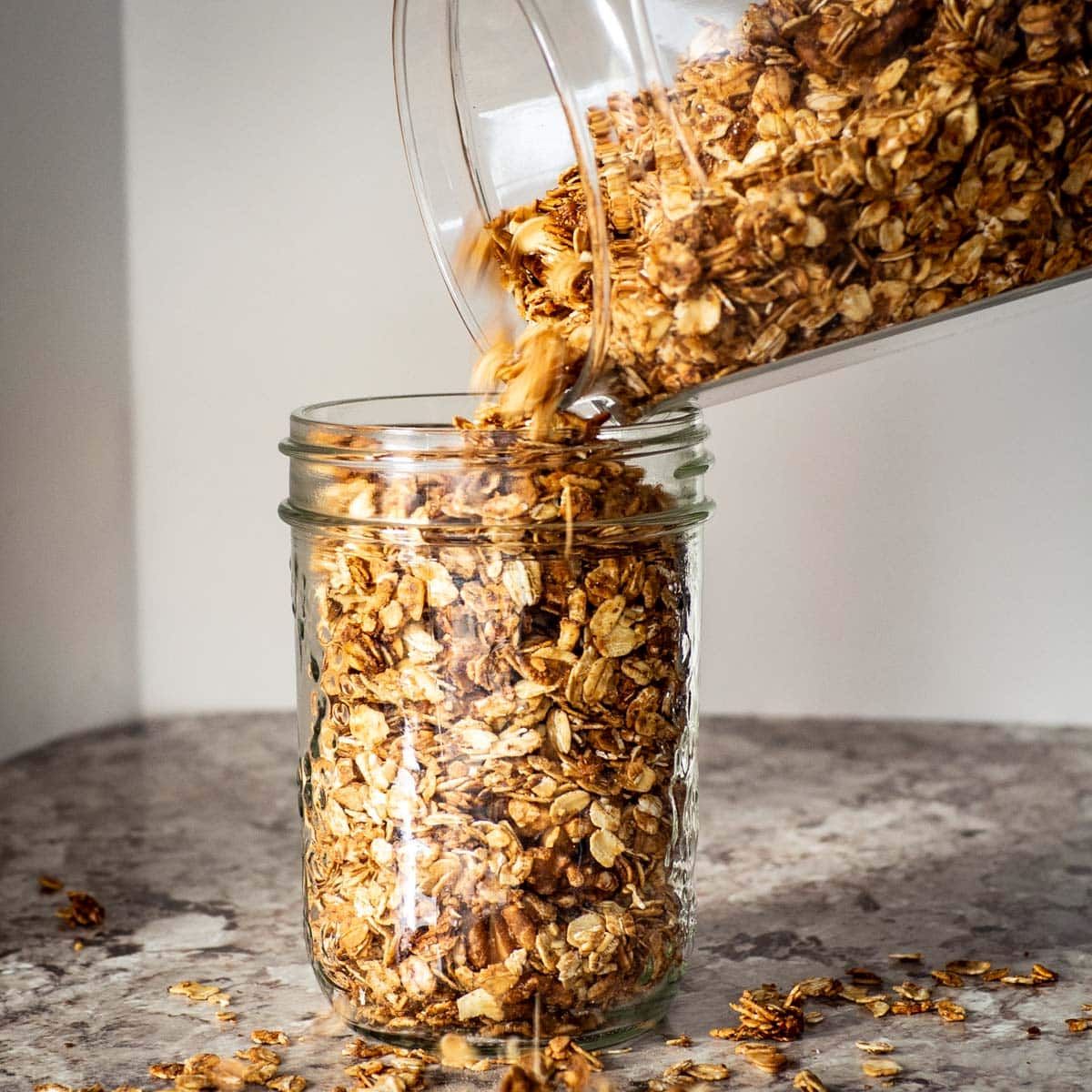
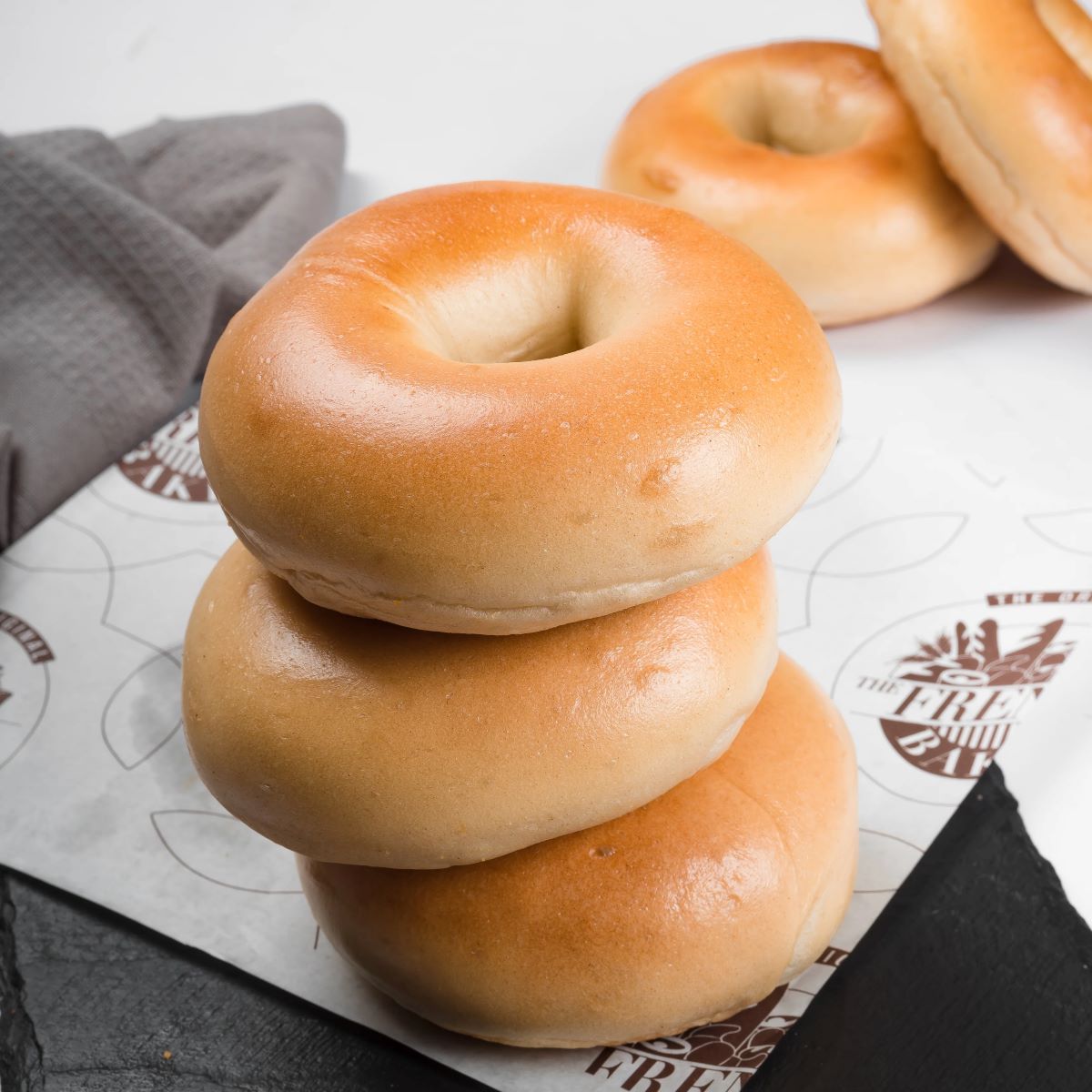
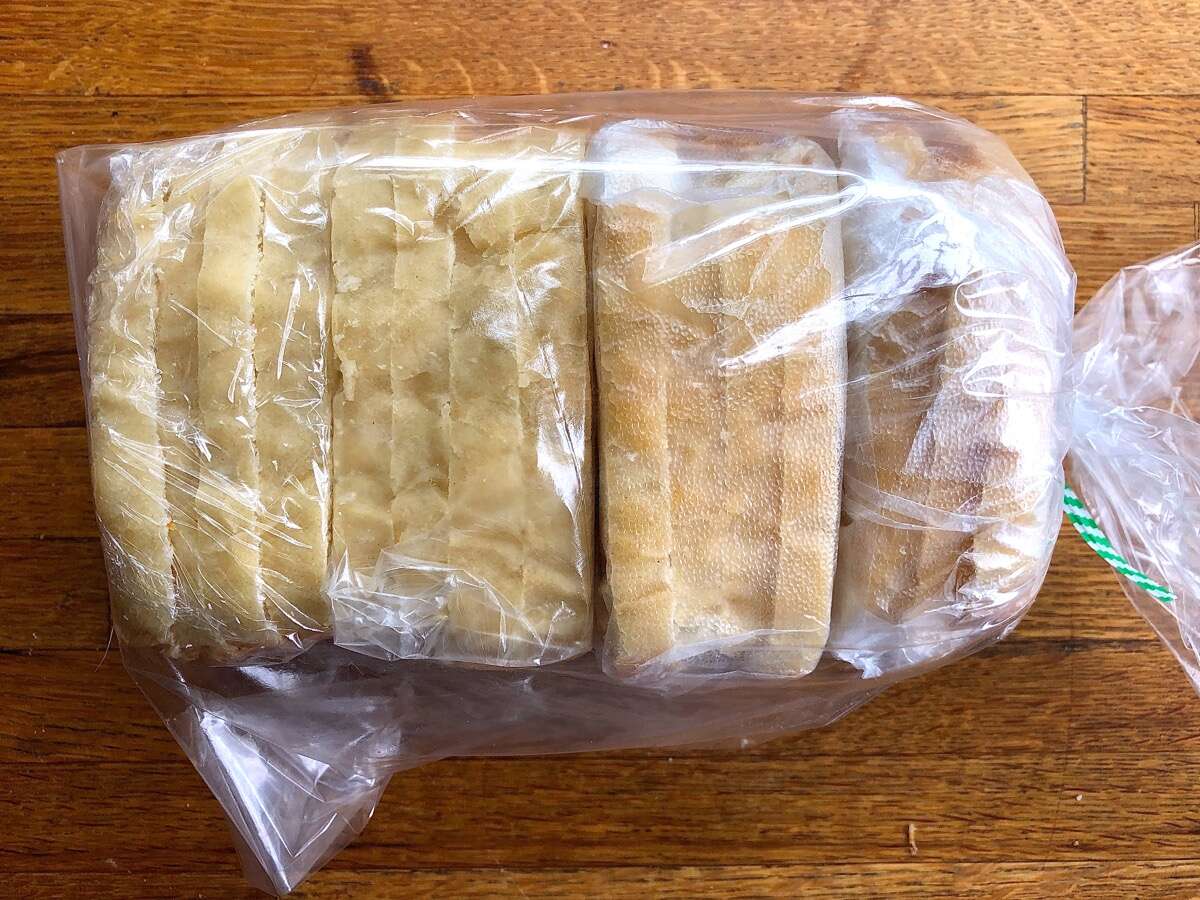

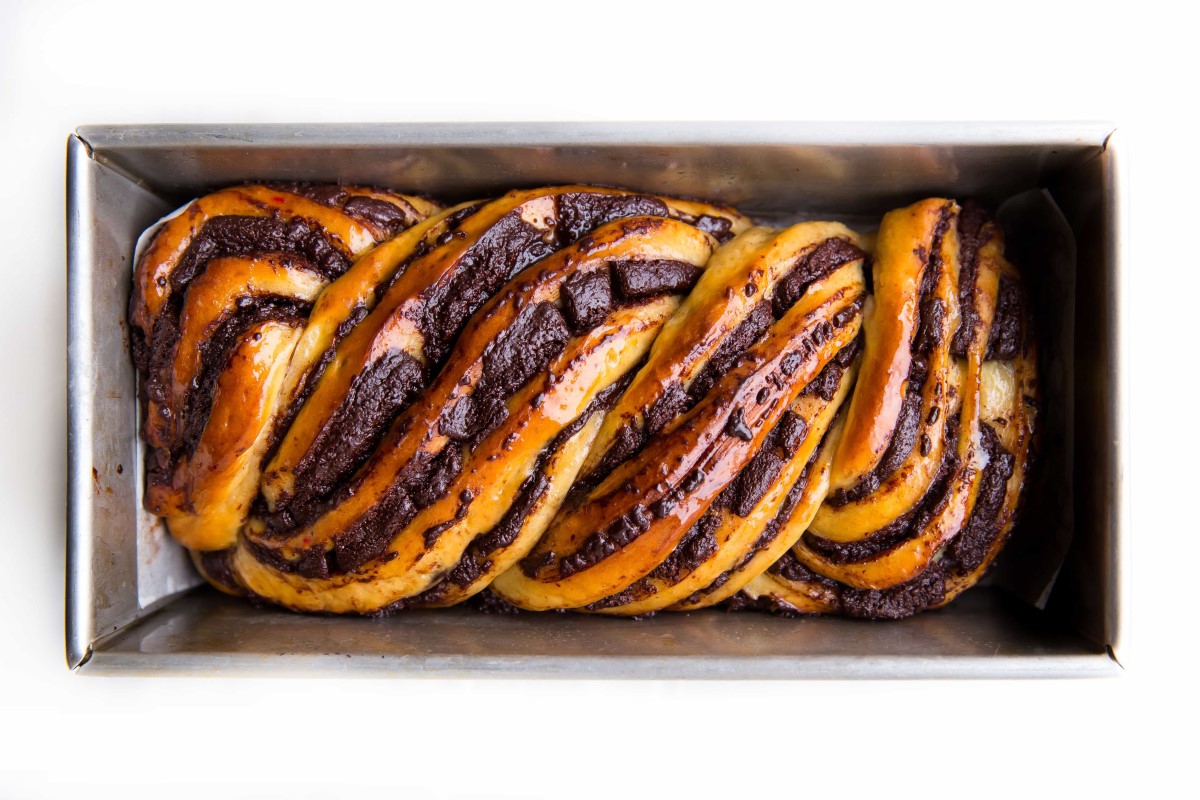


0 thoughts on “How To Store Artisan Bread”